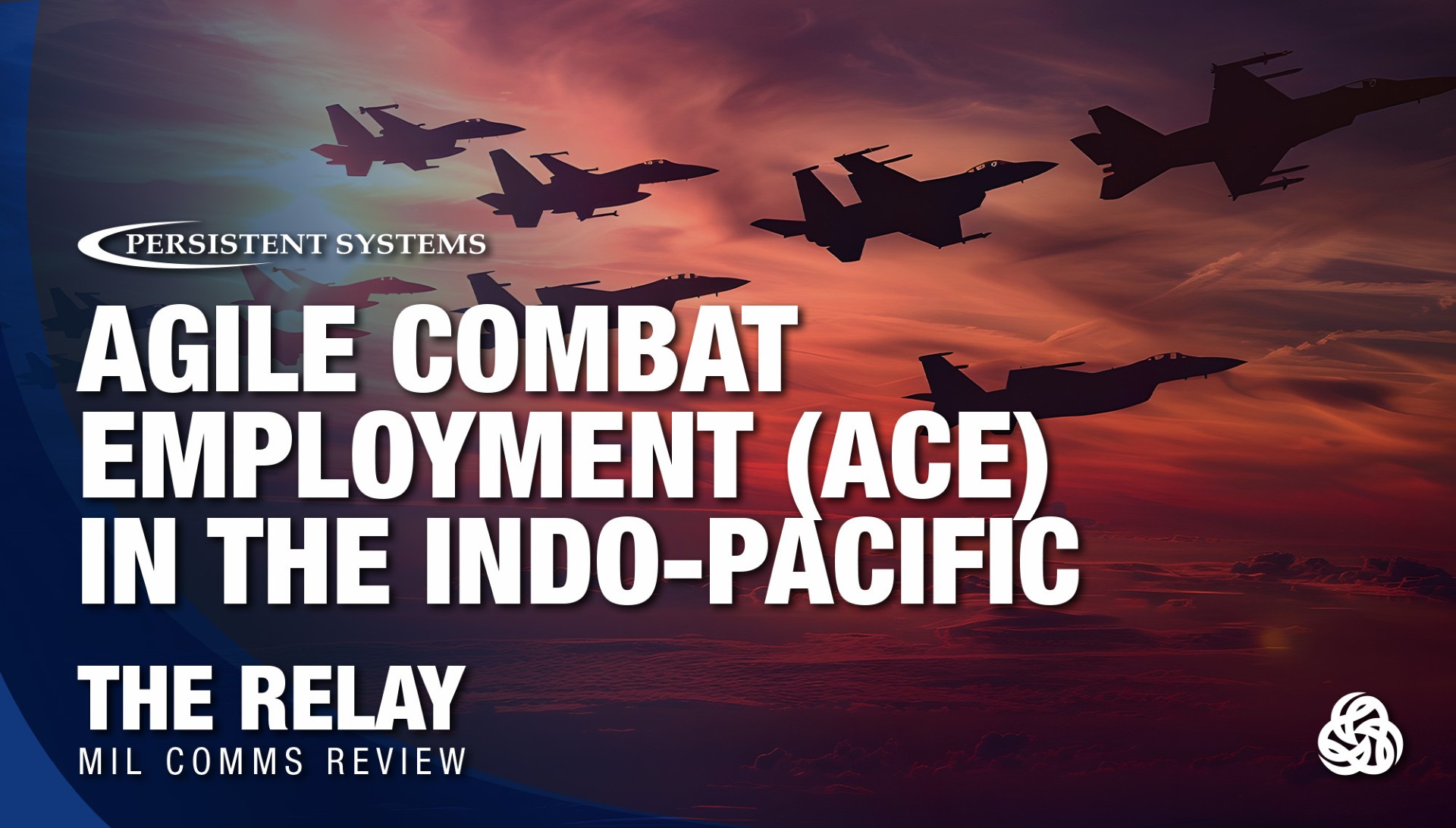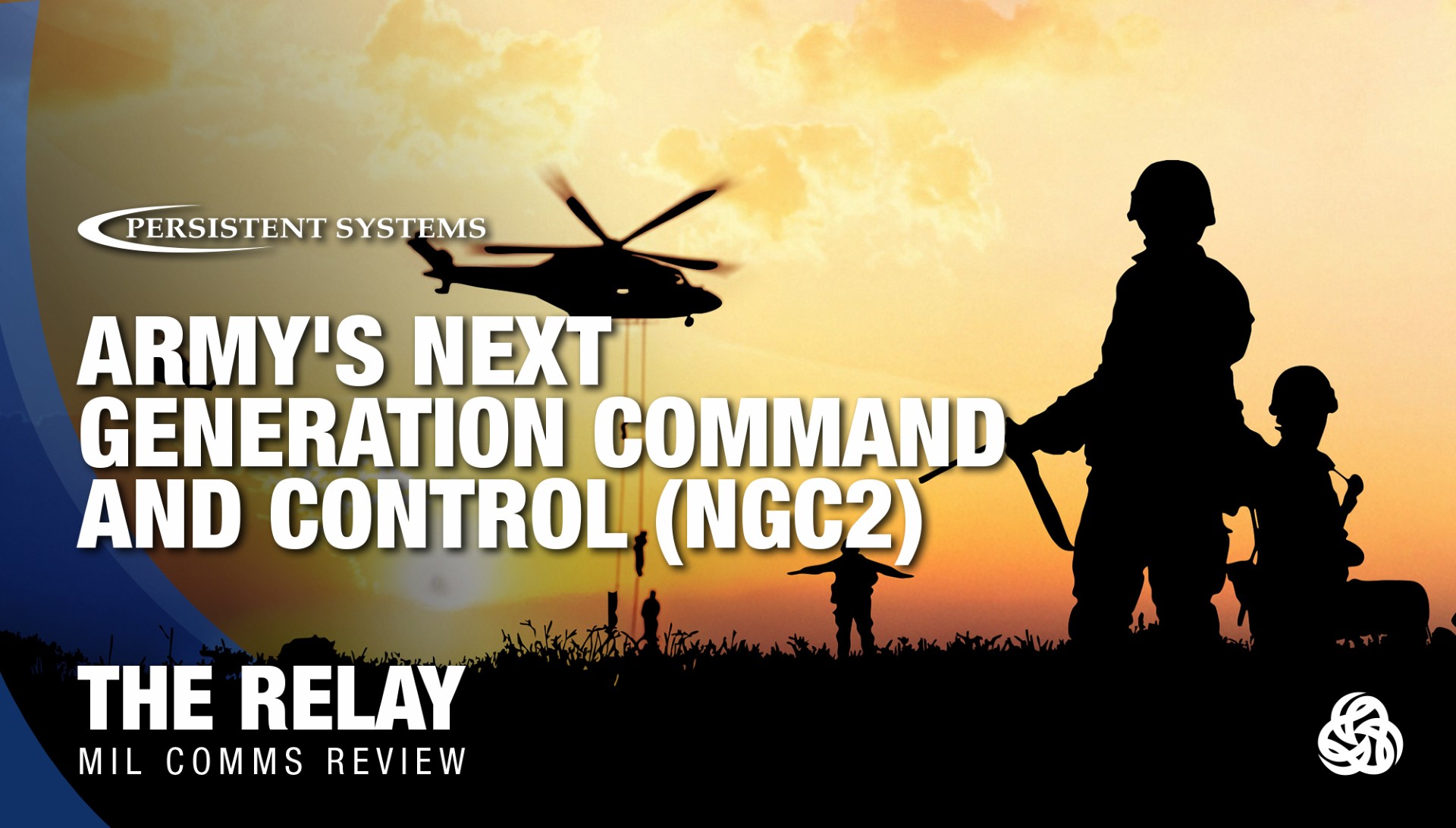The USAF and Agile Combat Employment
Back in 2023, the then-head of the USAF’s Air Mobility Command predicted war with China in just two years’ time. Well, we are now more than half-way through 2025, and others are predicting that war is still very much on the horizon—if only a few more years off—and we need to prepare for a serious exchange with a near-peer power in the Indo-Pacific region.
To that end, the USAF has been conducting a number of exercises to test American and allied capabilities, including the recently completed Resolute Force Pacific (REFORPAC), which wrapped up in August and involved 420 aircraft.
Writing in Air & Space Force Magazine, John A. Tirpak reports that REFORPAC tested the “Air Force’s agile combat employment model at a much larger scale than has been tried previously” and left Pacific Air Forces Commander Gen. Kevin Schneider with key takeaways on how to operate in a dynamic and contested environment.
Agile combat employment (or ACE), as conceived of by the USAF, deploys small units to remote locations without fixed infrastructure and has those units ready to hop to another similarly austere location if necessary. To support such a capability, the service requires assorted enablers, such as aircraft that don’t have to rely on runways, mobile power stations, and prepositioned repair equipment.
There’s also the matter of battle management.
As Gen. Schneider told an audience at the Mitchell Institute for Aerospace Studies, “I keep going back to the command-and-control piece…making sure that we have our ability to communicate both through space-based platforms, air-based platforms, and terrestrial platforms.”
Thoughts on ACE and Base Defense
Persistent Systems, which develops mobile ad hoc networking (MANET) systems for the U.S. military and international customers, has experienced its fair share of ACE-related activities. For example, just last year, we supported Valiant Shield, a biennial joint Field Training Exercise in Guam and across the INDOPACOM Area of Responsibility. Also last year, we sold MANET radios to the USAF’s Air Mobility Command in support of ACE ops.
So, we have a lot of thoughts on ACE and base defense.
During REFORPAC, we learned that heavier communications systems, which require a lot of cargo space to move, were not set up in a timely fashion due to delays in flight schedules or aircraft mechanical issues. Legacy handheld radios also proved to be slow in setting up and are limited in data throughput. This is a serious problem because ACE depends on fast and resilient communications.
Specifically, ACE needs a light, distributed networking architecture without a vulnerable central node. It must also have the ability to “failover” to multiple communication routes and self-heal without the intervention of engineers because those extra personnel are not going to be available during rapid Pacific operations. Also, it’s important to have apps be capable of intermittent connectivity, the key enabler being Internet Layers 1-3.
Of course, when considering ACE, there’s also the issue of air base defense.
Dispersing forces may complicate the enemy’s targeting of U.S. and friendly forces, but the enemy always gets a vote and will attack when he can. Therefore, active and passive defense is a key component of ACE ops. You’ll need disparate defense systems for drones, cruise missiles, and ballistic missiles. And those defense systems will need to be interconnected, so once again, we’re back to networking.
A MANET-enabled defense architecture prevents a single point of failure; allows for flexibility in response and true mobility; and enables small, independent units to act like a large, unified force.
Is there more that can be said about ACE and networking? Absolutely. Feel free to drop me a line, and I’d be happy to walk you through all the issues.
Adrien Robenhymer is VP of Business Capture for the United States Air Force and Intelligence Community at Persistent Systems.




